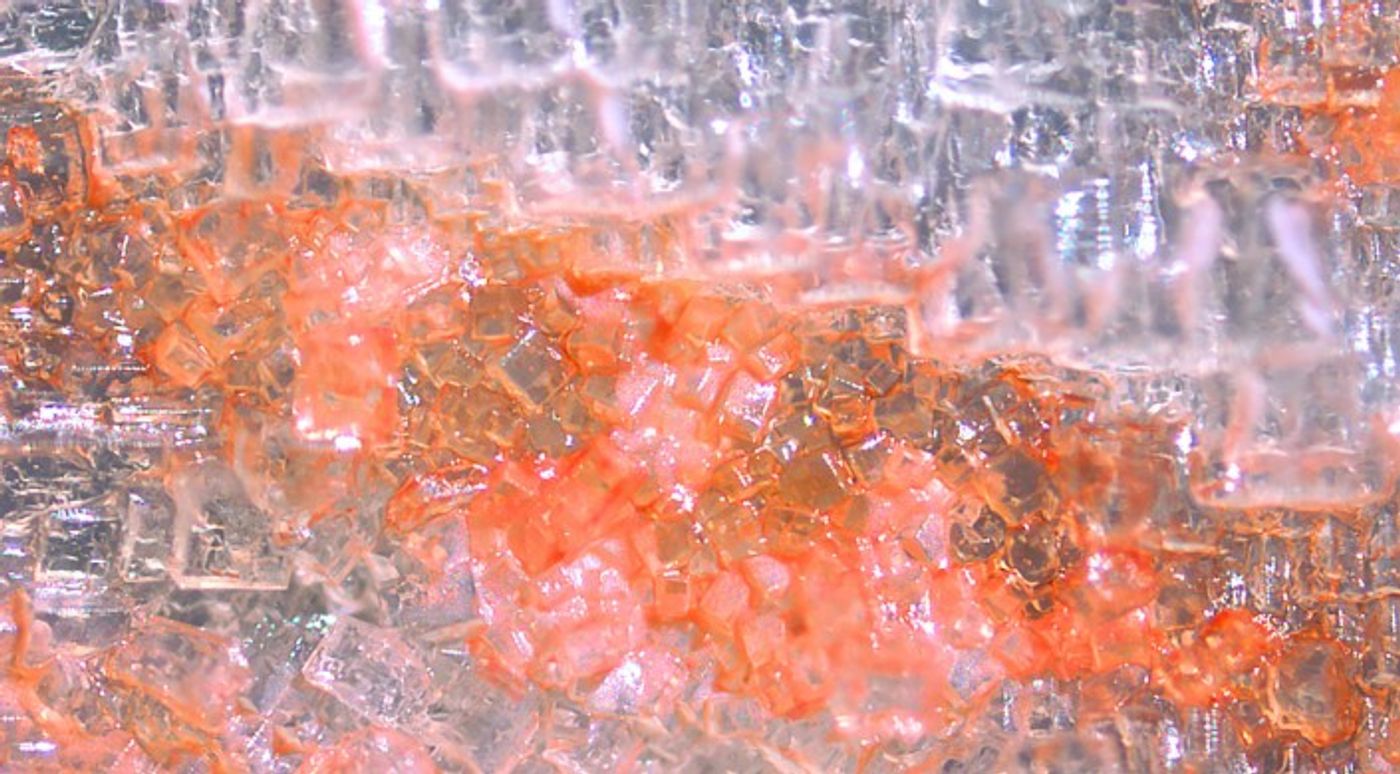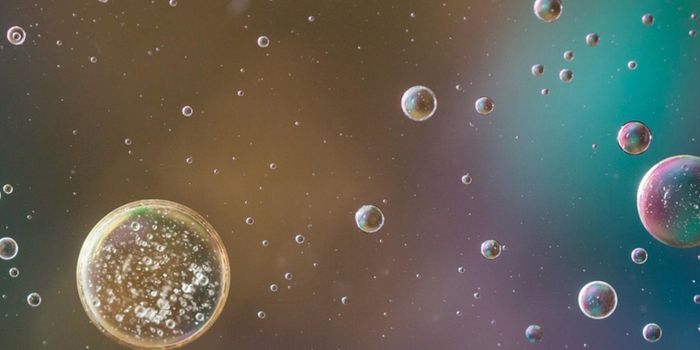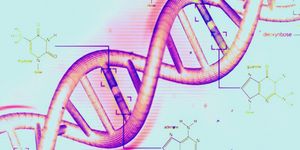Three Domains of Life Are More Similar Than We Realized
Three domains of living things, archaea, bacteria, and eukarya, are organized by shared characteristics fundamental to life: cellular organization, biochemistry, and molecular biology. However, these three entities are more similar than scientists realized - this is the conclusion made by researchers from a new Nature Microbiology study.
Scientists at the Harvard John A. Paulson School of Engineering and Applied Sciences (SEAS) and their collaborators conducted a new study with archaea, the single-celled microorganisms that are found in the planet’s most extreme environments. Specifically, they looked at a type of archaea called Halobacterium salinarum and how it regulates cell size.
"This research is the first to quantify the cellular mechanics of size regulation in archaea," explained SEAS’s Ariel Amir. "This allows us to quantitatively explore how these mechanisms work, and build a model that explains the variability within the data and the correlations between key properties of the cell cycle.”
In the past, SEAS researchers successfully showed how a species of bacteria, E. coli, and a type of eukaryote, yeast, work in the same way to make sure cells maintained a consistent size. The domain of eukarya includes plants, animals, fungi, and protists (usually defined as any eukaryote that isn’t a plant, animal, or fungus). In the new study, researchers found that archaea use the same mechanisms for size regulation.
Specifically, researchers describe how H. salinarum regulates cellular size by “adding a constant volume between two events in the cell cycle.” The process is less precise than the one employed by E.coli, but the mechanisms are essentially the same.
"These findings raise really interesting questions about how cellular mechanics evolved independently across all three domains of life," Amir said.
Archaea are often found in Volcanic hot springs, oil wells, and salt lakes. Their preference for extreme environments makes growing them in the lab - and thus understanding them well - nearly impossible.
“[Archaea] blend a lot of the characteristics of both bacteria and eukaryotes," said first author Yejin Eun. "Archaea resemble bacterial cells in size and shape but their cell cycle events - such as division and DNA replication - are a hybrid between eukaryotes and bacteria."
Amir, Eun, and the other scientists involved in the present study are hoping to apply their findings by developing a better understanding of the molecular mechanisms all domains of life use to control cellular growth.
Sources: University of California Museum of Paleontology, Harvard John A. Paulson School of Engineering and Applied Sciences









